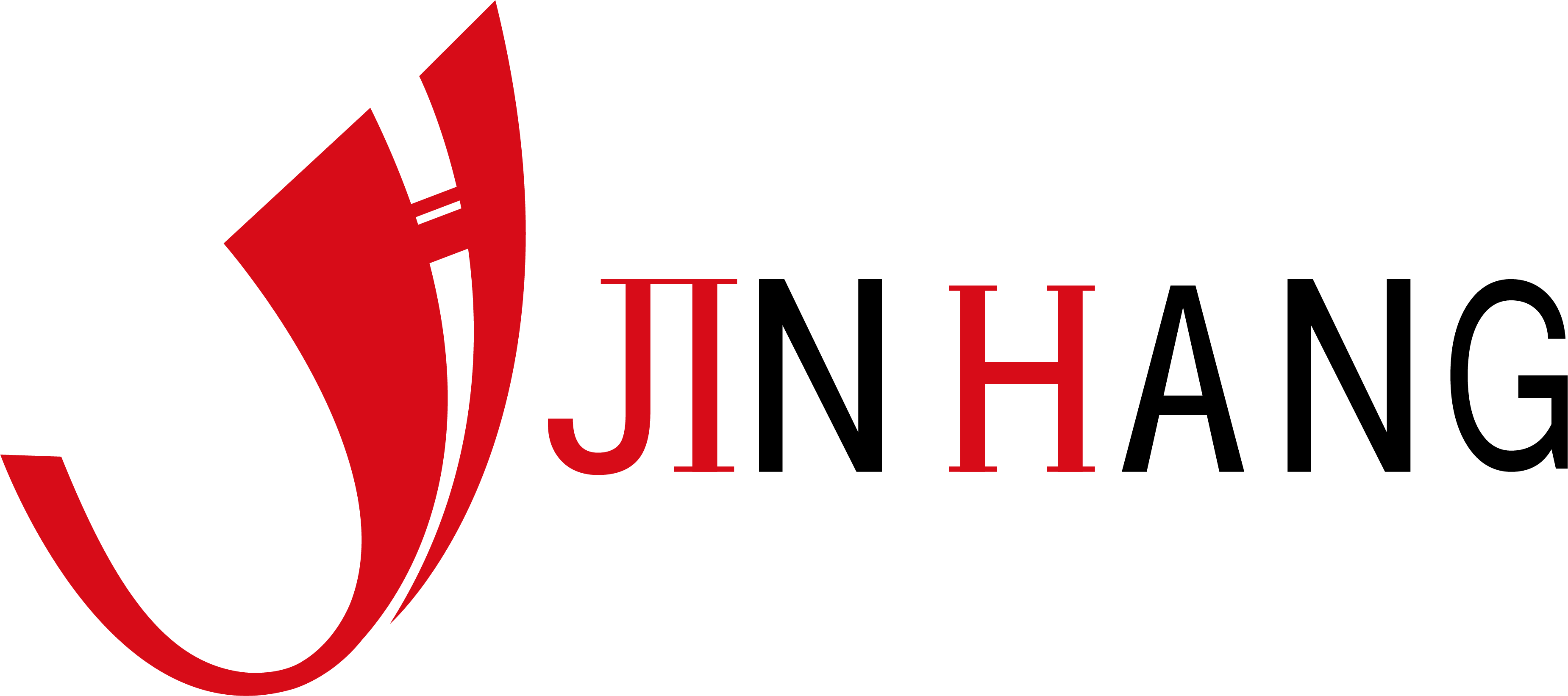What are the uses of industrial rubber rollers?
Industrial rubber rollers are an indispensable core component in modern manufacturing and are widely used in various production processes in many industries. They play an irreplaceable key role in the production line, whether in the handling and transmission of materials or in the processing and molding of finished products.
This article will explore the specific uses of industrial rubber rollers in detail, explain their key functions in different industrial applications, and the special requirements of these applications for roller characteristics and performance.
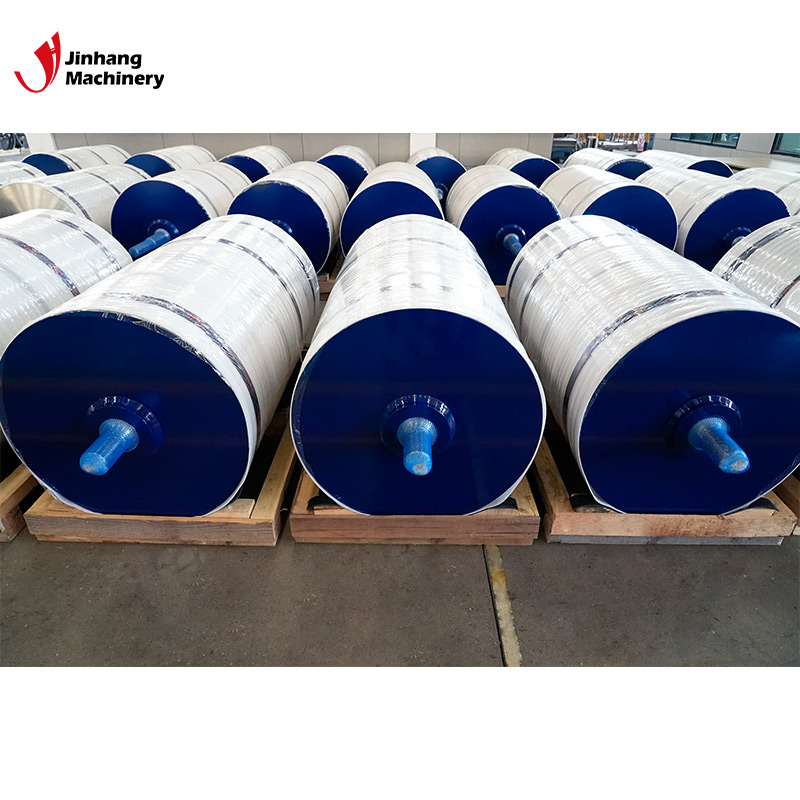
What are the basic functions of industrial rubber rollers?
Industrial rubber rollers usually consist of a core of metal or hard material and a rubber layer covering its surface. Its main functions include:
1. Transmission and conveying: Rubber rollers can transfer power to the driven materials or components through their friction, thereby realizing the movement of materials or the operation of equipment.
2. Applying pressure: During the processing process, rubber rollers can apply uniform pressure to ensure the uniformity and flatness of the material.
3. Material processing: Rubber rollers can also participate in the material processing process, such as printing, coating, embossing, etc., to ensure the accuracy and quality of the material surface treatment.
4. Shock absorption and cushioning: The elasticity and cushioning properties of rubber materials can effectively reduce vibration and impact, protecting equipment and products from damage.
5. Guiding and support: In some applications, rubber rollers can be used as guiding or supporting elements to ensure that materials move along the correct path or remain stable.
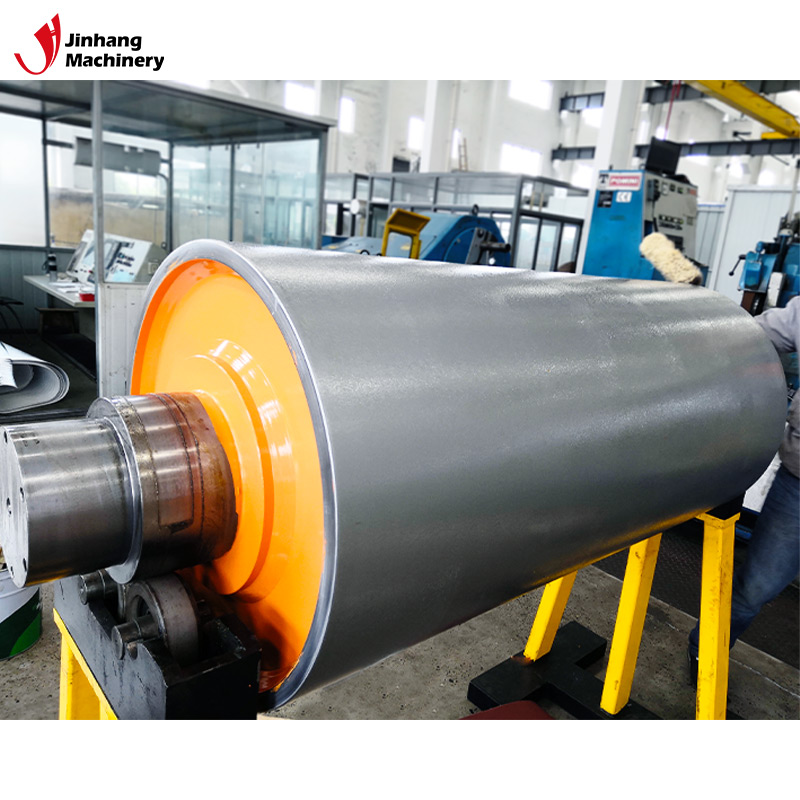
What are the uses of industrial rubber rollers?
Industrial rubber rollers are essential in various manufacturing processes, including printing, pressing, extrusion, conveying, grinding, grinding, embossing, feeding, cooling, etc., and each application has specific roller requirements. The following are several typical uses:
Rubber roller applications in the printing industry
In the printing industry, rubber rollers are one of the core components of printing equipment. Its main uses include ink transfer, paper transmission, and pressure application. Due to the extremely high precision and consistency required in the printing process, the material and manufacturing process of the rubber roller have a direct impact on the printing quality.
Ink transfer:
In printing technologies such as offset printing and flexographic printing, rubber rollers are used to transfer ink from the printing plate or ink supply device to the printing medium (such as paper or plastic film). These rollers must have good elasticity and moderate hardness to ensure that the ink can be evenly covered on the surface of the media to avoid missing prints or ghosting. In addition, the surface finish and ink corrosion resistance of the rubber roller are also important factors to ensure the quality of printing.
Paper transmission:
Rubber rollers are also used in the paper transmission system of printing equipment. Since the continuity and accuracy of paper transmission have a direct impact on the printing speed and quality, the transmission rollers need to have good wear resistance and moderate friction to ensure that the paper can move smoothly and accurately without slipping or deflection.
Pressure application:
During the printing process, rubber rollers ensure the quality of printed products by applying uniform pressure. The hardness of the roller and the uniformity of pressure distribution are essential to obtain clear and flawless printing results. These rollers are usually made of rubber materials with moderate hardness, which can maintain shape and provide stable pressure under high pressure.
Rubber rollers in metal processing
In the metal processing industry, rubber rollers are mainly used for the forming, transmission and surface treatment of plates and metal sheets. Its application scenarios are diverse, including pressing, extrusion, grinding and polishing.
Sheet Transport:
Common operations in metal processing such as cutting, stamping, rolling and heat treatment all require the transport of metal sheets or sheets to the processing area. Rubber rollers protect the metal surface during the transport process to prevent scratches, dents or other surface defects. Therefore, the transport rollers are usually made of wear-resistant and high-temperature resistant rubber materials and are precision-processed to ensure that their surfaces are flat and smooth.
Forming and Extrusion:
During the forming and extrusion of sheets and sheets, rubber rollers are used to provide the necessary pressure and support to ensure that the metal material can be formed evenly without breaking or deforming. The elasticity and hardness of the rollers are essential to ensure the forming accuracy, while its pressure resistance and wear resistance determine the service life and stability of the rollers.
Surface Treatment:
Rubber rollers are also used for grinding and polishing metal surfaces to help remove surface defects and improve the finish of the metal. These rollers are usually made of wear-resistant rubber materials and are designed to adapt to different metal surface shapes to ensure uniform grinding and polishing effects.
Rubber Rollers in Plastic Processing
In the plastic processing industry, rubber rollers are widely used in various process flows, such as extrusion, calendering, coating and die-cutting. The diversity of plastic materials and the complexity of processing conditions have put forward various requirements for the performance of rubber rollers.
Extrusion and calendering:
During the plastic extrusion and calendering process, rubber rollers are used for the molding and transmission of plastic sheets or films. During the extrusion process, the plastic material is extruded from the mold and formed into the required sheet or film by high temperature and high pressure. The rubber roller needs to have high heat resistance and good wear resistance to cope with high temperature and high friction conditions, while ensuring the smoothness and uniformity of the finished surface.
Coating and lamination:
In the plastic surface coating process, rubber rollers are used to evenly apply the coating material to the plastic substrate. The coating roller is required to have good surface flatness and moderate hardness to ensure the uniformity and adhesion of the coating. In addition, the rubber material must have a certain chemical resistance to resist solvents or additives in the coating material.
Die-cutting and cutting:
During the die-cutting and cutting process of plastic films, rubber rollers are used to accurately guide the film material to the die-cutting equipment. The rollers need to have high precision and good friction to ensure that the film can be smoothly transported and remain stable during the die-cutting process. In addition, the roller surface needs to be smooth to avoid leaving marks on the film or other surface defects.
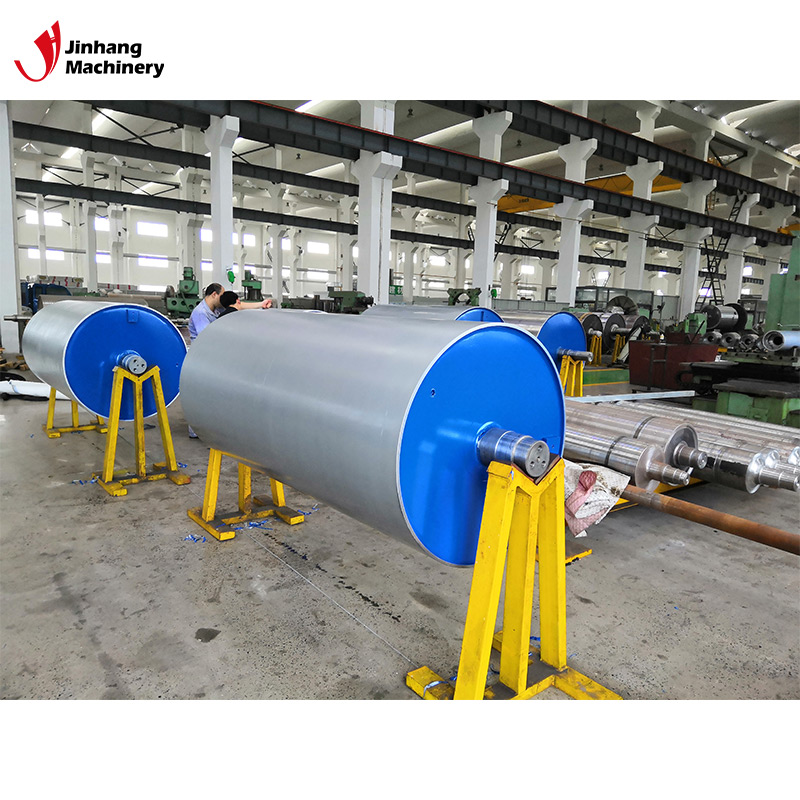
Rubber rollers in the textile industry
The textile industry is another important field for the application of rubber rollers. Rubber rollers play a key role in multiple processes such as yarn handling, fabric transfer, printing and dyeing, and finishing.
Yarn handling:
During the spinning, twisting and winding of yarns, rubber rollers are used to control the tension and speed of the yarn to ensure that the yarn is evenly and tightly wound onto the bobbin. The surface properties and elasticity of the rollers are crucial to prevent yarn breakage and hairiness.
Fabric transfer:
During the weaving, dyeing and finishing of fabrics, rubber rollers are used to transfer fabrics and ensure their smooth operation in various processes. Fabric transfer rollers need to have moderate friction and wear resistance to prevent fabric slippage and wear. At the same time, the roller surface must be smooth to avoid damage to the fabric.
Dyeing and Finishing:
During the dyeing and finishing process of fabrics, rubber rollers are used to apply uniform pressure to help dyes or finishing agents be evenly distributed on the fabric surface. The hardness and elasticity of the rollers directly affect the uniformity of dyeing and finishing, so these rollers are usually made of chemical-resistant and heat-resistant rubber materials, which can work stably for a long time in high temperature and chemical environments.
Rubber Rollers in the Papermaking Industry
The papermaking industry is one of the most widely used fields for rubber rollers. Rubber rollers play several key roles in the entire production process from pulp processing to papermaking.
Pulp Transfer and Forming:
During the transfer and forming of pulp, rubber rollers are used to evenly distribute the pulp on the forming net and apply appropriate pressure to drain excess water. The rollers need to have good water resistance and wear resistance to maintain stable performance during long-term high-speed operation.
Pressing and Drying:
During the pressing and drying of paper, rubber rollers are used to squeeze out the water in the paper and transfer the paper during the drying process. The pressing roller needs to have high hardness and pressure resistance to provide enough pressure to squeeze out the water while ensuring the flatness of the paper surface.
Coating and finishing:
During the coating and finishing process of paper, the rubber roller is used to apply the coating agent or finishing agent evenly to the surface of the paper and adhere it by applying pressure. The surface flatness and chemical resistance of the coating roller have a direct impact on the coating quality, requiring it to be able to work stably for a long time in a high temperature and high pressure environment.
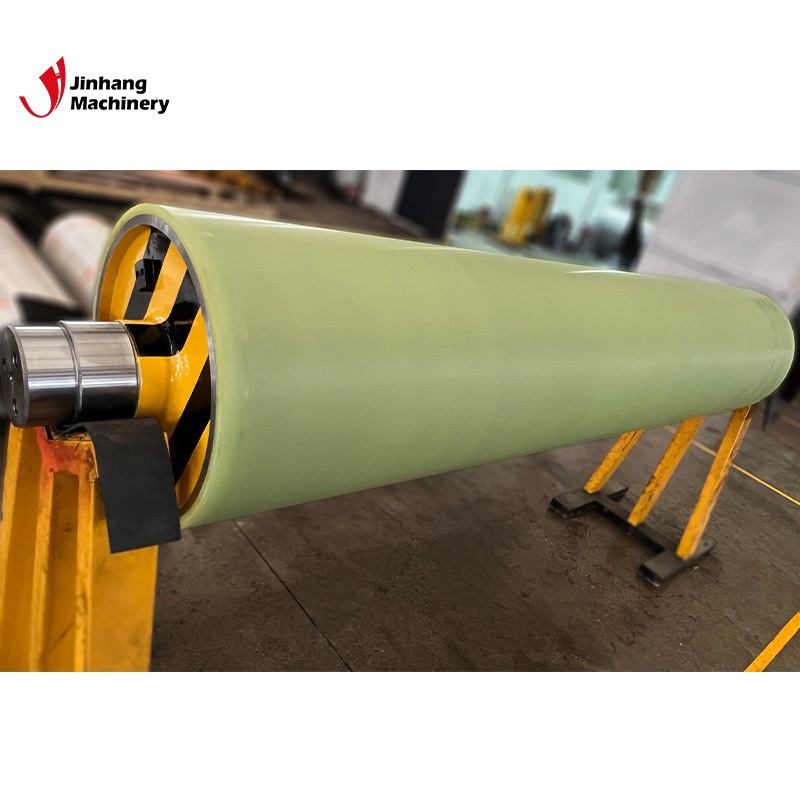
Rubber rollers in food processing
The food processing industry has strict hygiene and safety requirements for rubber rollers. Rubber rollers play an important role in the transportation, packaging and processing of food.
Food transportation:
In food production lines, rubber rollers are used to transport various food raw materials and finished products. Due to direct contact with food, the roller material must meet food safety standards and have good oil resistance, chemical resistance and easy cleaning. In addition, the roller surface must be smooth without cracks or holes to avoid food contamination.
Food Packaging:
During the food packaging process, rubber rollers are used to transfer and press packaging materials, such as plastic film or paper packaging. The rollers need to have moderate hardness and good surface flatness to ensure the sealing and integrity of the packaging. In addition, the roller material also needs to be temperature-resistant and wear-resistant to adapt to the high temperature and high pressure operation of the packaging equipment.
Food Processing:
During the cutting, forming and pressing of food, rubber rollers are used to apply uniform pressure and transfer food materials. The elasticity and surface properties of the rollers have a direct impact on the shape and surface quality of the food. Food processing rollers are usually made of silicone or other rubber materials that meet food grade standards, and can work stably for a long time under high temperature and high pressure environments.
